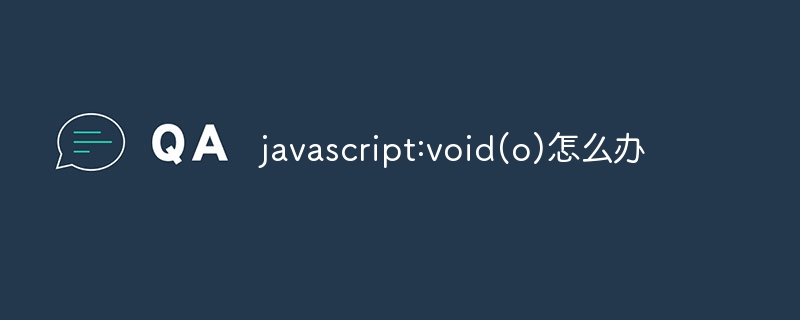
The void(0) expression in JavaScript forces the operand to be converted to undefined, which is used to prevent variable declaration and event propagation. It is similar to undefined but not exactly the same, and can be replaced by undefined.

JavaScript: What is void(0)?
void(0) is an expression in JavaScript that coerces the operand to undefined.
Detailed explanation:
void The function of the operator is to evaluate the expression and return undefined. Therefore, void(0) forces 0 (or any other value) to be undefined.
Usage:
void(0) Mainly used in the following scenarios:
Prevent the variable from being declared:
void(0) Casts the variable to undefined, thereby preventing it from being declared. For example: // 防止声明 myVar void(myVar);
To prevent event propagation:
void(0) in the event handler Can prevent events from propagating to other parts of the DOM. For example: element.addEventListener('click', function(event) {
void(event);
// 阻止 click 事件冒泡
});Note:
Although void(0) is often used with undefined are used interchangeably, but they are not exactly the same. void(0) always returns undefined, which is a primitive value type.
In most cases,
undefined can be used instead of void(0). However, there are situations where it may be necessary to use void(0), for example to prevent a variable from being declared.
The above is the detailed content of javascript:void(o)What to do. For more information, please follow other related articles on the PHP Chinese website!




